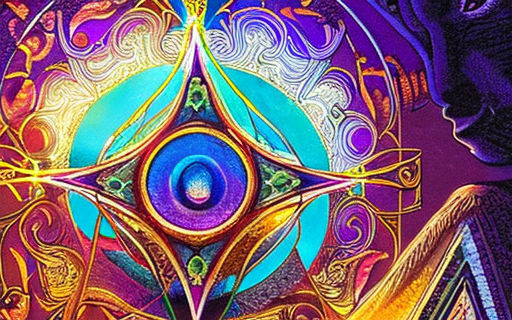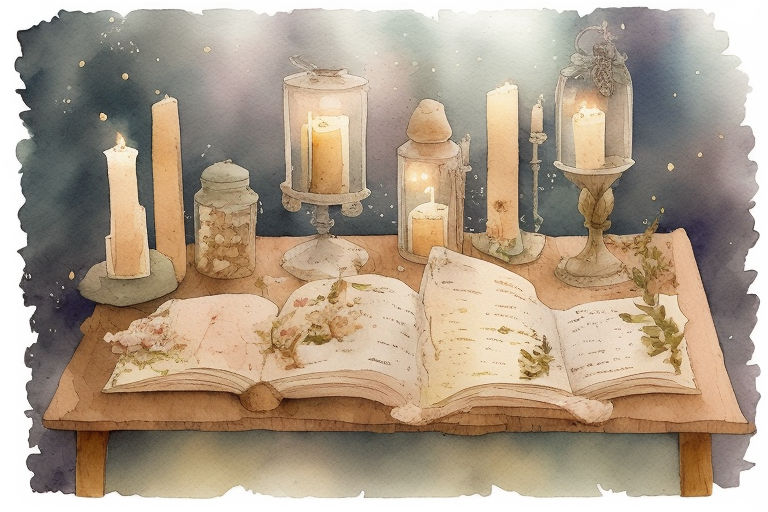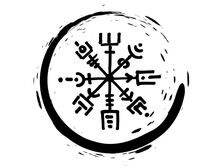What Are Asatru Pagans?
If you’re wondering what Asatru pagans believe, read this article. This modern neo-pagan religion is a rebirth of pre-Christian Old Norse beliefs. This nature-worshipping religion rejects militarism and encourages honor. But is Asatru really a religion? And what can you expect if you decide to follow its beliefs?
Asatru is a modern neo-pagan reconstruction of Old Norse pre-Christian beliefs
In the nineteenth century, Icelanders revived old Norse religions and practices and transformed them into a new faith called Asatru. This modern, neo-pagan religion received a special boost in the late 1960s when poet and farmer Sveinbjorn Beinteinsson made it possible for Iceland to recognize Asatru as a legitimate religion. This sparked the formation of Asatruarfelagid or “Asatru” organizations across Europe and North America.
Asatru is based on the belief that a universal divine energy exists and expresses itself through gods and goddesses. There is no concept of original sin in Asatru. It is believed that believers are rewarded for living virtuously and honoring gods by living a life of service. It is also believed that those who live good lives will be rewarded in the afterlife. Many Asatru adherents believe that they are co-workers with the gods, while others believe in reincarnation.
In 1976, McNallen, a former Army officer stationed in West Germany, began an organization known as the Viking Brotherhood. Later, he changed the name of the organization from Viking Brotherhood to Asatru Free Assembly. He also published an article called “Metagenetics” in the Winter 1980 issue of The Runestone.
Asatru is a modern nao-pagan religion that focuses on pre-Christian spirituality in the Scandinavian region. Unlike pre-Christian European religions, Scandinavians did not follow one particular religion. They had a variety of cults and practices around hundreds of realities. They were often a mixture of many, and their beliefs reflected that.
In 2007 an all-Russian Althing was held in Leningrad oblast’. The participants included Asatru groups in Moscow, Minsk, Khabarovsk, and St. Petersburg. Since then, nine other Russian Althings have taken place, settling disputes and addressing issues such as Heathen representation in society. A Logretta was formed to coordinate the intercommunity life and establish standards of faith.
Asatru has three main deities: Freyja, Odin, and the Vanir. In Asatru, all members must possess sacred texts, belong to a kindred, and work for the benefit of the community. Moreover, a worshiper must also have an oath ring. Asatru has a strong focus on the teachings of Odin.
It is a nature-worshipping religion
Asatru pagans are closely tied to Norse Shamanism. This religion emphasizes personal development and connection to the deities. Asatru’s central ritual, called the Blot, involves offering a form of alcohol to the gods, the most common of which is alcohol. Although a Blot can be held as often as desired, it is considered to be the essence of major holiday celebrations.
Asatru is a philosophy of openness and diversity, much like Unitarian Universalism. Asatru focuses on finding harmony in nature and in human life. While it lacks dogma or prescribed scripture, it encourages individuals to read the Eddas, the book of Norse mythology. Asatru does not worship gods, but rather views the gods as friends who assist us in our efforts to find balance in our lives.
The Asatru movement began in the 1970s as an attempt to revive Germanic paganism. The Islenska Asatruarfelagid became an official religion in Iceland in 1973, and an Asatru Free Assembly was formed in the United States. Valgard Murray, a prominent Asatru leader, created the Asatru Alliance, which has a gathering called an “Althing” every year.
The Asatru community is comprised of many diverse groups. Some Asatru organizations are anti-racist and inclusive. However, the neo-Nazi elements have also made Asatru a controversial religion. Asatru is a religion that rejects racism and militarism. In fact, Asatru is practiced by some neo-pagan groups and even some white-power and Aryan Nation gangs.
Although the Asatru faith is non-denominational, it does encourage the practice of reading Snorri Sturluson’s Eddas, the Icelandic version of the bible. Practitioners of Asatru do not pray to the gods, but instead consider them friends, who do not judge humans. The Asatru religion emphasizes the harmony between humans and the natural world, and believes that we should strive for the same harmony in our daily lives.
Despite the controversy surrounding Asatru, it remains a viable option for a nature-worshipping religion. The country’s parliament recognized Asatru as a religious organization in 1973. However, the Independence Party, an opposition party, objected to the decision. The government’s goal was to prevent the reemergence of Asatru, which was gaining more attention and recognition as a result.
It rejects militarism
Asatru pagans are a growing group of people in the United States. While they are not all Nazis, they tend to lean to the right. In fact, some of them may even lean to the right. But what exactly is an Asatru pagan? And is it compatible with militarism? Read on to find out. This monograph was written by Jefferson Calico, an Asatru scholar who spent five years studying Asatru and the U.S., conducting ethnographic fieldwork in the United States. In doing so, Calico fills a gap in Asatru discourse.
Although Asatru has strong traditions in the United States, it is also widely regarded as a racist religion. It has been targeted by white supremacists and Neo-Nazis because of its association with Norse symbolism, which put the Nordic people at the top of the racial ladder. Yet despite its racial connotations, a strong contingent of Asatru adopts a folkish stance, in which they restrict their worship to their culture and ancestors.
Contemporary Pagan and Native Faith Movements in Europe, edited by Kathryn Rountree, contains multiple articles on Asatru. Both books place Asatru in the context of other new religious movements in Europe. Similarly, Mathew Amster and Fredrik Gregorius provide an overview of the Danish Asatru scene. And, they provide a concise version of their dissertation. These texts are highly recommended reading for anyone interested in Asatru and the European Pagan movement.
It is a religion of honor
Asatru pagans believe in three main deities: Odin, Frigg and Landvaettir. Each deity has specific duties to fulfill. Asatru pagans also follow certain rituals to honor these gods. For example, they must own sacred texts and be part of the kinship of their kindred. These gods give guidance to their kindred and serve them in their lives. Members of the Asatru community are also required to wear oath rings and have a ring representing their family line.
Asatru is not filled with Neo-Nazis, however. Modern Nordic Pagans are generally against racism and Nazism. While a small minority of Nordic Pagans adhere to neo-Nazi beliefs, they denounce these ideologies and actively fight against these ideas. This has given birth to several branches of Asatru, including a branch called Thursatru.
The central ritual in Asatru is the Blot, which derives from the Old Norse word for sacrifice. The Blot rite is performed outdoors and consists of an offering of alcohol or some other substance. The Blot can be performed as many times as the community desires. It forms the foundation of all major holiday celebrations. In fact, pagans have an ancient tradition of committing the Blot to the gods to gain the most blessings.
In Asatru, people take great pride in their deeds and live their lives accordingly. The religion of honor places great importance on honor and preserving the lore of the past. By honoring the earth and its creatures, Asatru pagans are also concerned with the future of their kind and the world. If we do the same for our kind, the future of humanity will be much better than today.
Asatru pagans practice the ancient Norse religion. It was revived in the 19th century, and received a boost in the late 1960s. During this time, poet Sveinbjorn Beinteinsson was instrumental in getting the religion recognized by the Icelandic government in 1973. From there, organizations formed in North America and Europe. Beinteinsson founded the organization Asatruarfelagid, or the Asatru religion.







